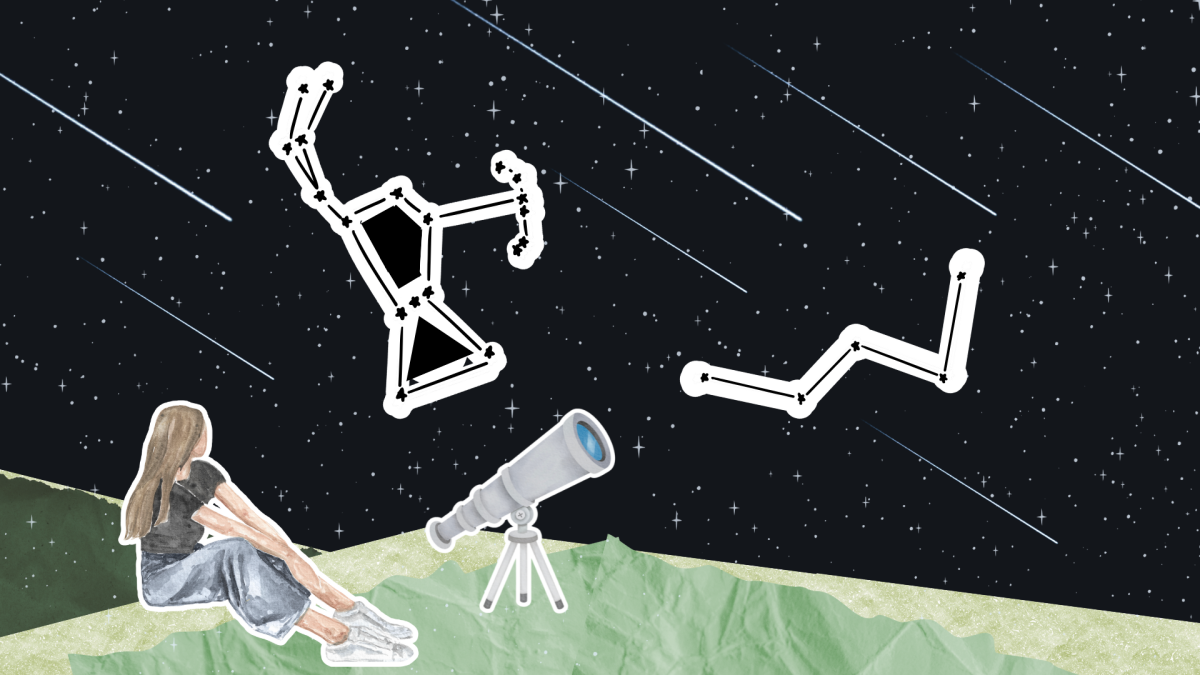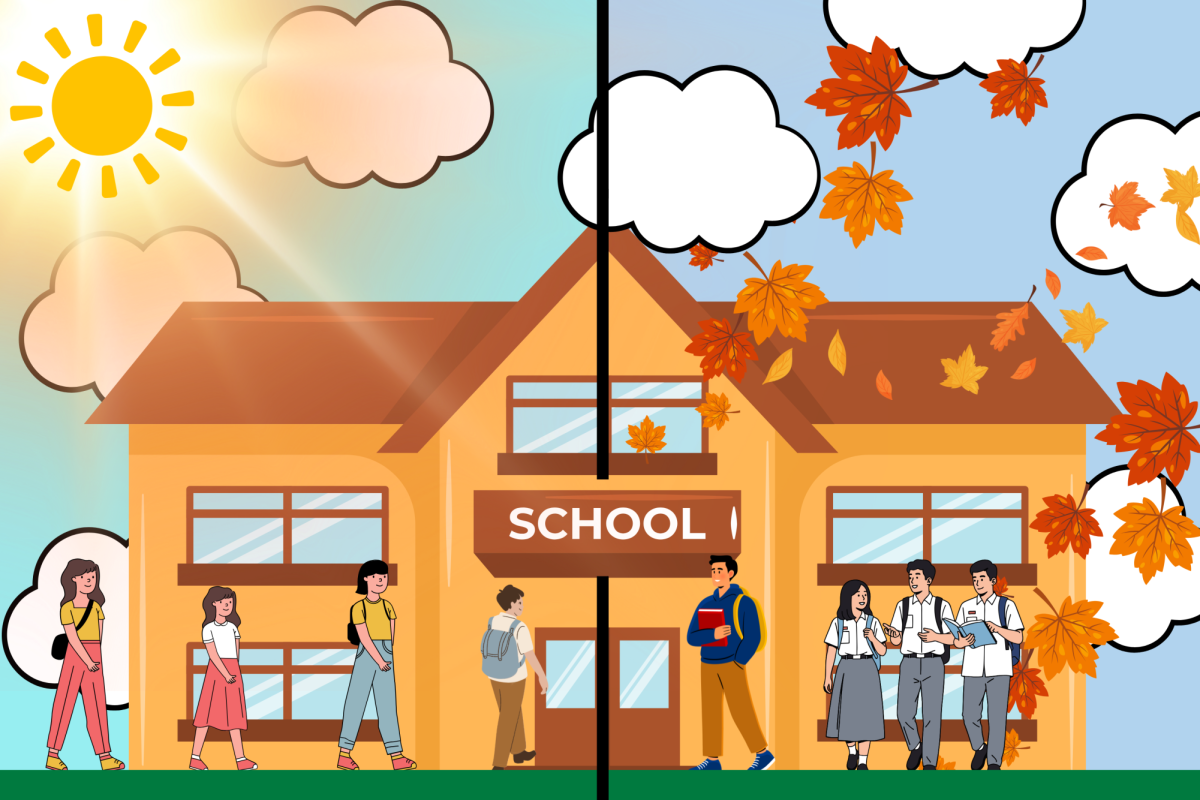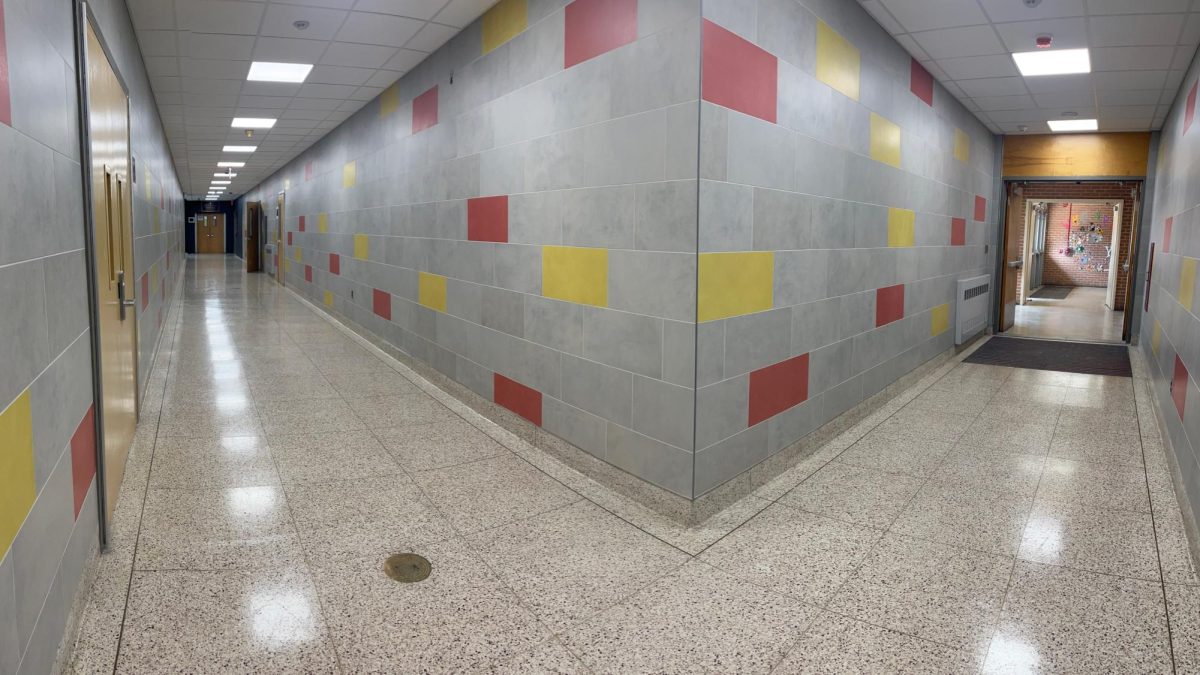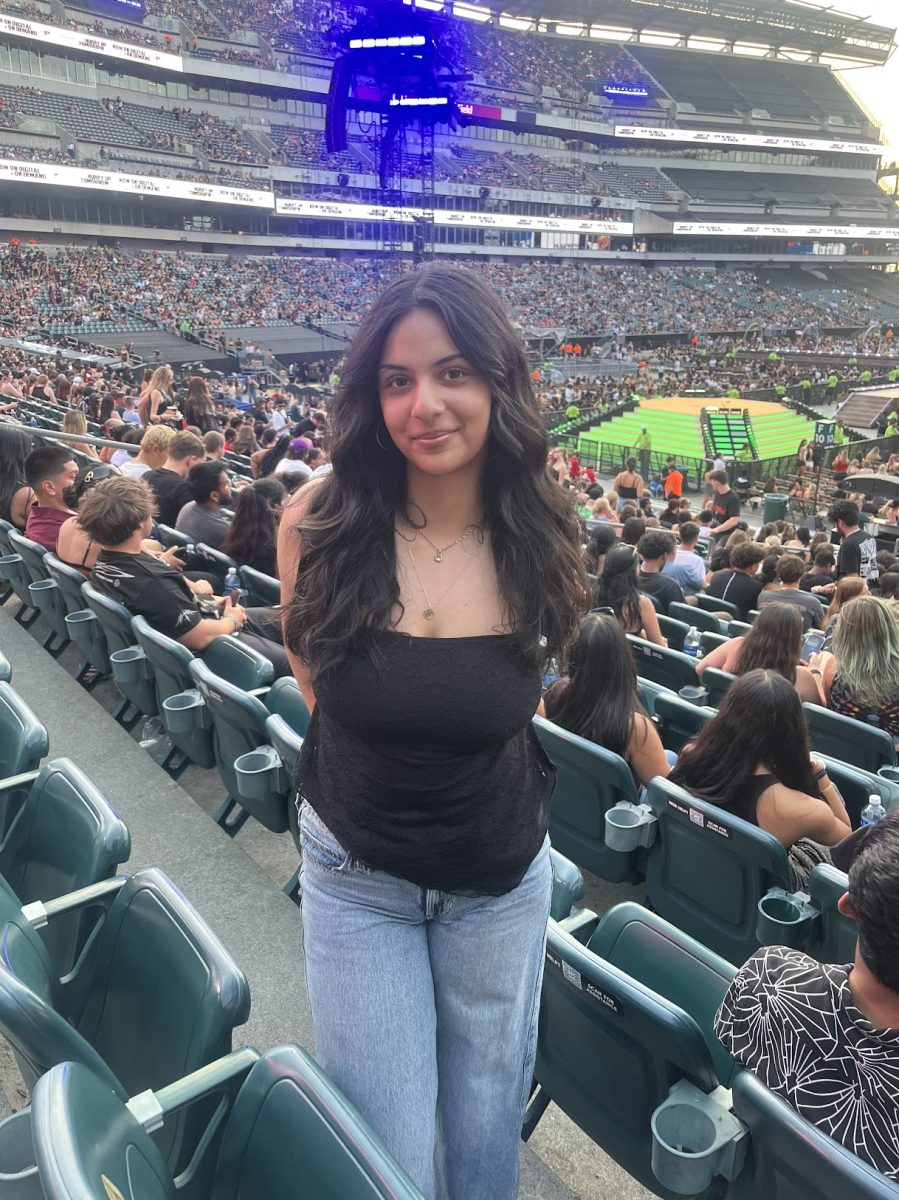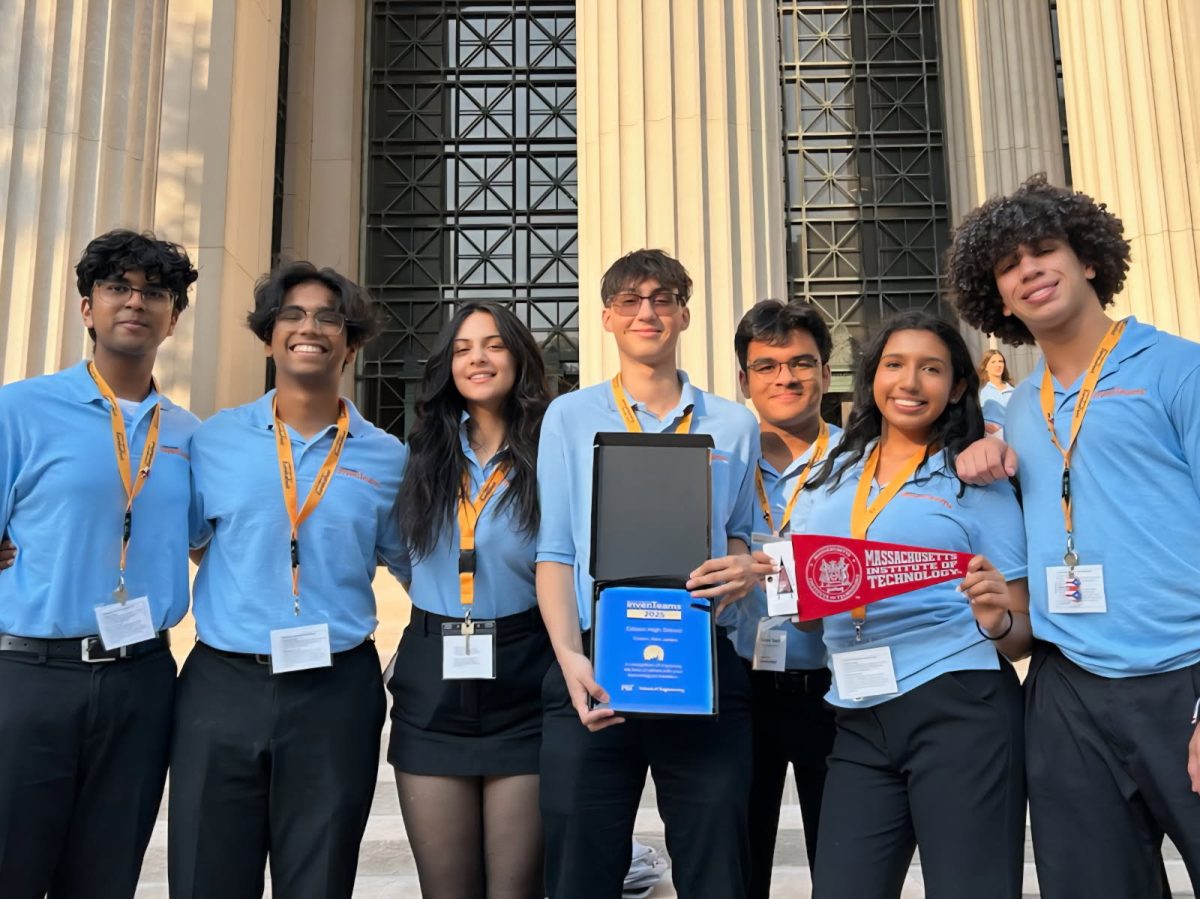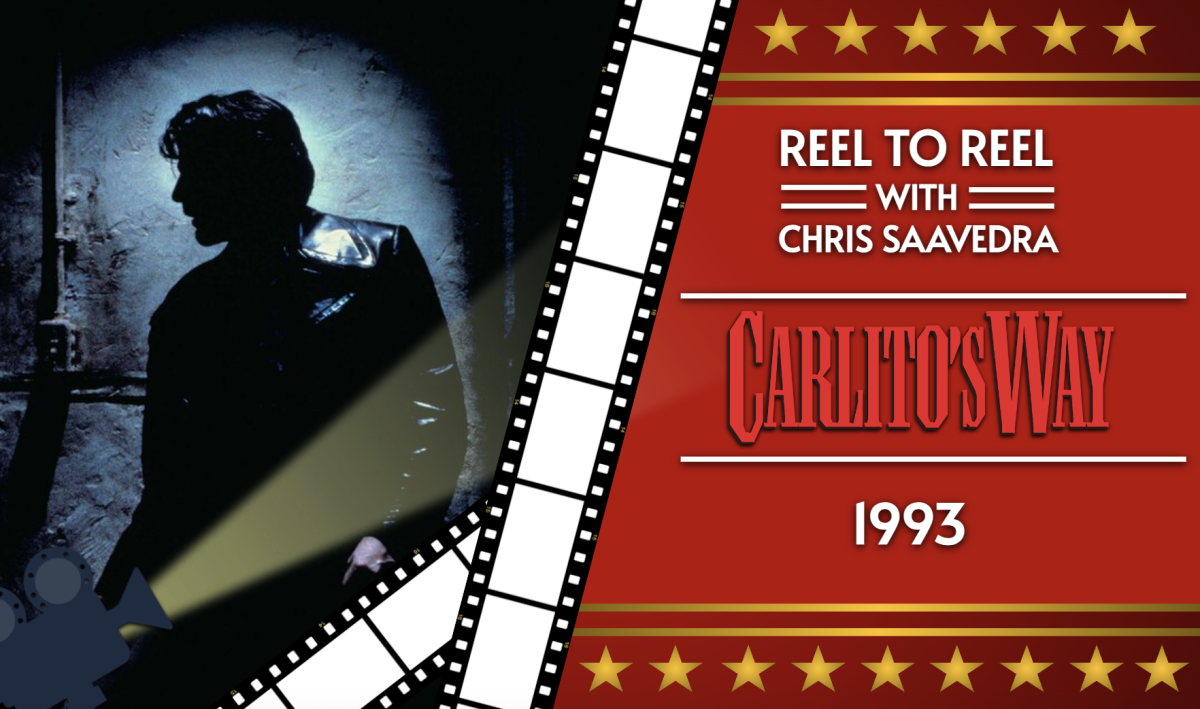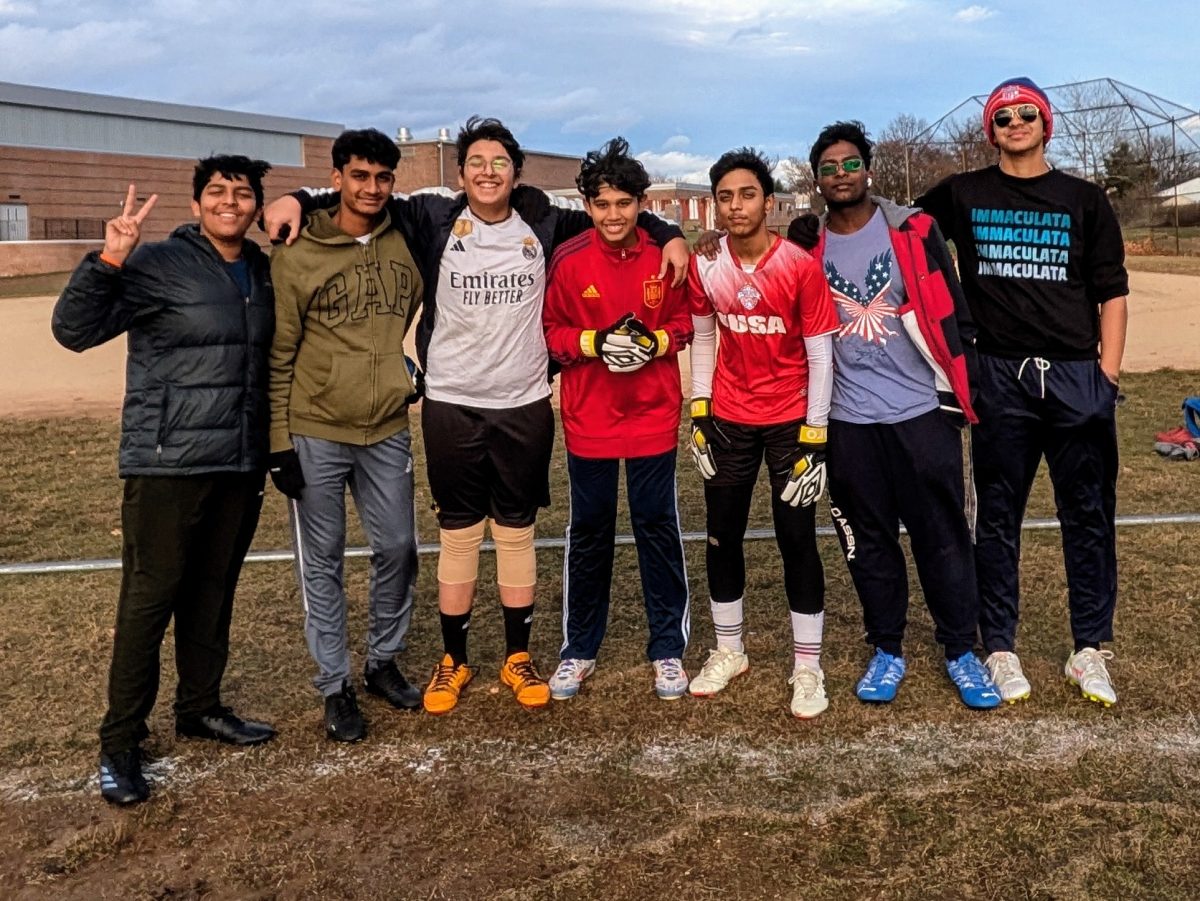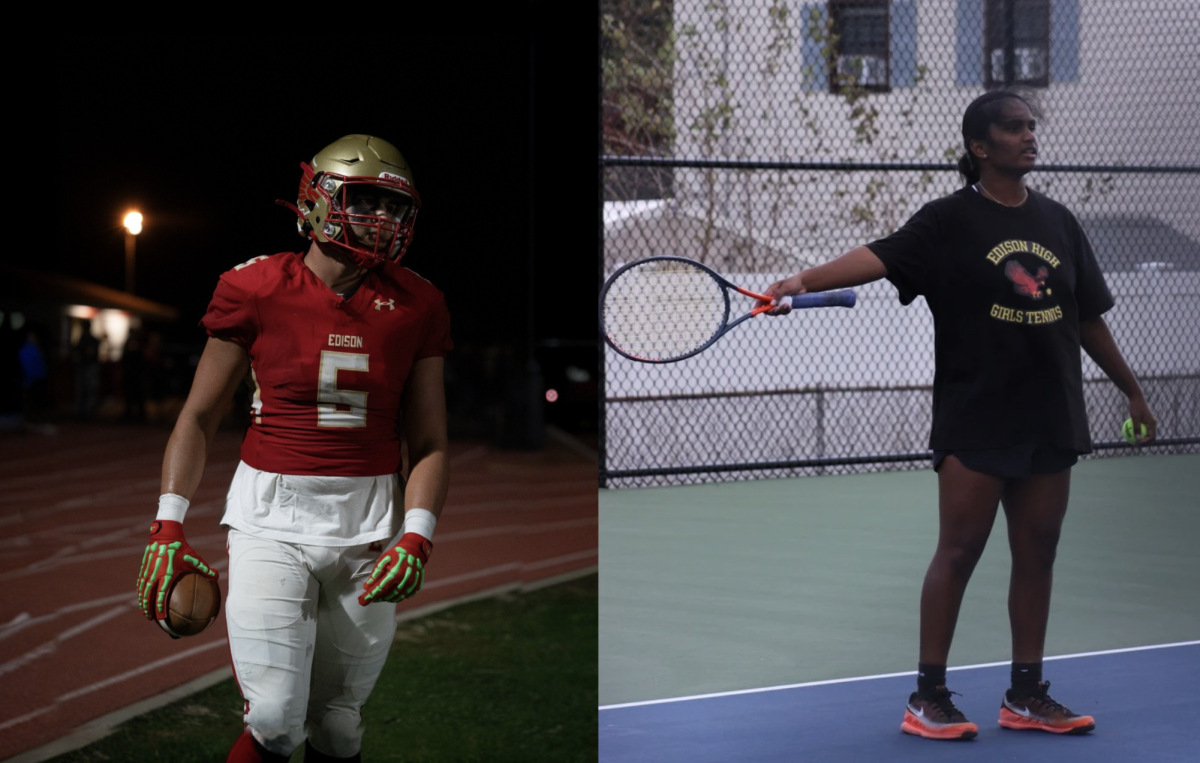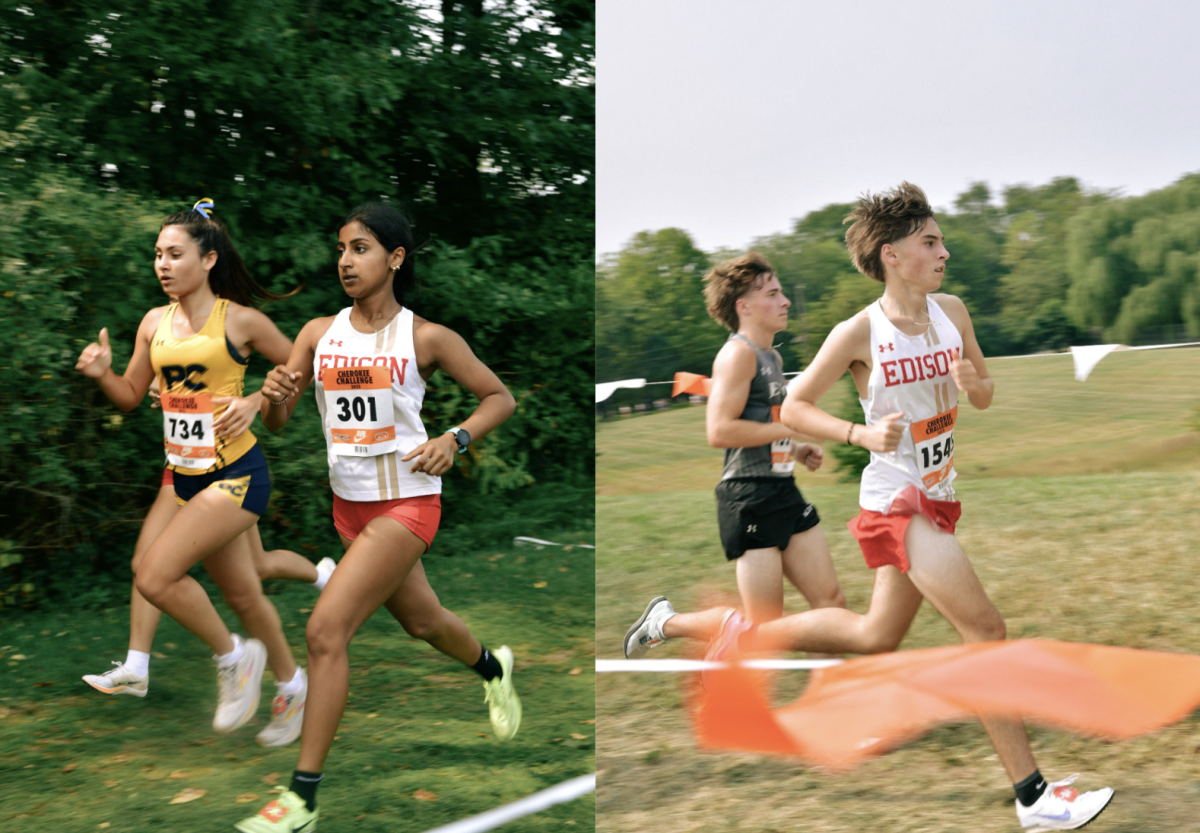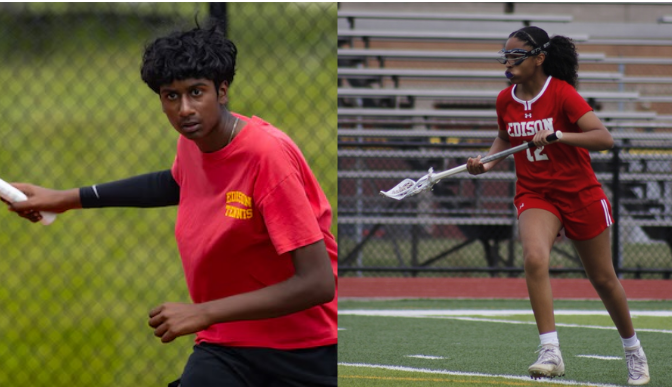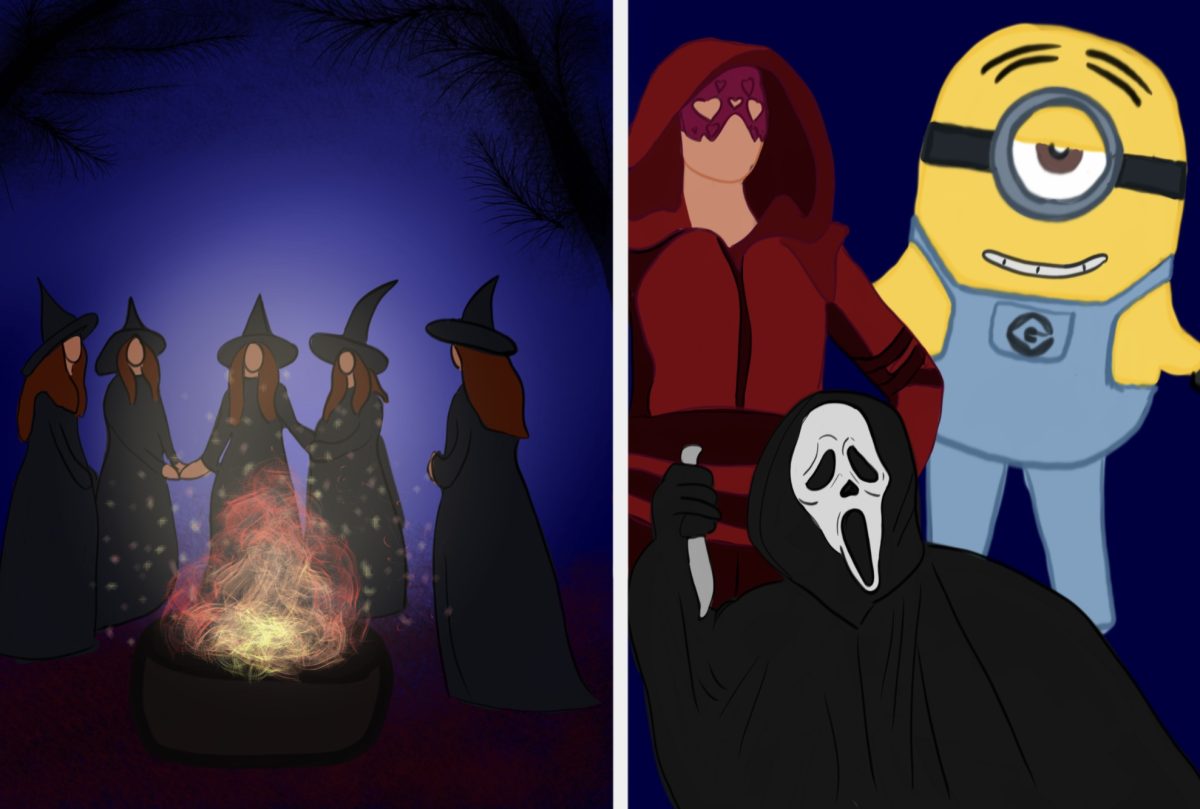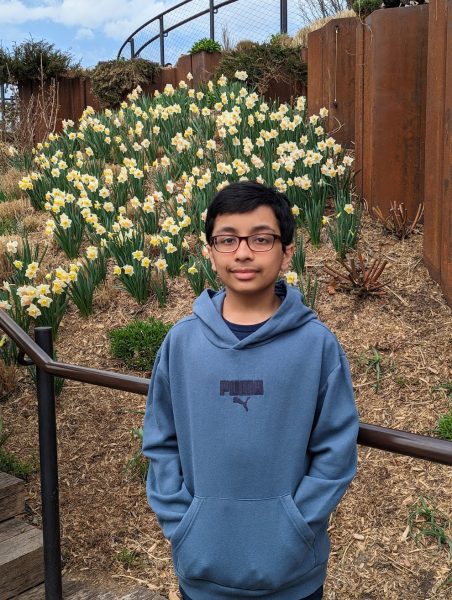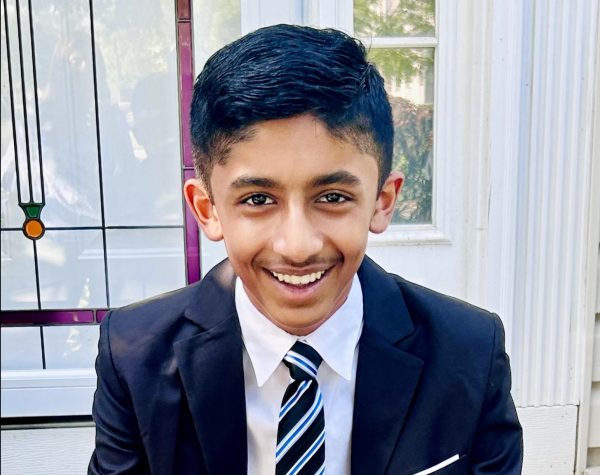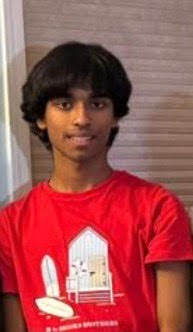This October 31, many students at EHS look forward to sporting costumes and filling up candy buckets to celebrate Halloween. In the past, the holiday has been observed in many different ways. Specifically, Halloween has always been focused on the connection between the dead and the living. From an ancient Celtic festival to modern-day horror movies, Halloween has significantly evolved throughout the past, impacting the way students at EHS celebrate the holiday in the present.
Halloween’s origin traces back to over 2,000 years ago, with the ancient Celtic festival of Samhain on October 31. On this day, the Celts believed that the line between the realms of the dead and the living were blurred, and the spirits of the dead returned to Earth. People wore outfits made out of animal heads and skin to celebrate Samhain, a precursor to the modern Halloween costume millions wear today.
When the Roman Empire took over Celtic territory, they incorporated aspects of Samhain into their own festivals, eventually culminating in the birth of the Christian festival All Soul’s Day, or All Hallow’s Eve in the 9th century AD. Celebrations of the holiday included large bonfires and costumes representing angels, devils, and saints. However, the Protestant Reformation would end the celebration of All Hallow’s Eve, with the holiday not regaining its popularity until late 19th century America.
In colonial America, All Hallow’s Eve was limited due to rigid Protestant traditions. However, in the late 1800s, Irish immigrants fleeing the great potato famine brought the celebration of Halloween with them, reviving the holiday. Influenced by these Irish traditions, Americans embraced walking door to door and asking for food or money, which eventually evolved into modern-day trick-or-treating. By the 20th century, Halloween shifted from its more religious and frightening undertones to the holiday that EHS students commemorate today. Today, many EHS students celebrate Halloween by going trick or treating and watching horror movies.
“Like every year, I go trick or treating around my neighborhood with my friends in order to get as much candy as possible,” said Harshavardhan Muralidharan ‘26.
Going trick or treating is both a nostalgic childhood experience and an opportunity to spend quality time with one’s friends in order to get candy. On the other hand, some EHS students don’t partake in the tradition but still embrace the halloween spirit.
“While I don’t go trick or treating, I often receive candy from my friends and family,” said Valerie Fesobi ‘27.
While some no longer partake in the nostalgic childhood experience of going trick or treating, they still take pleasure in receiving candy as a gift. As such, it is apparent that giving or receiving candy has become a symbol for the modern celebrations of Halloween—just as much as jack o’lanterns, skeletons, and ghosts.
“I watch numerous scary horror movies on the day of Halloween. Especially because it is right before fall break, I can stay up late watching these horror movies,” said Pranav Shankar ‘27.
Many have made it a tradition to watch gruesome horror movies to mark the day of Halloween. Whether an escape from reality or a nostalgic experience, horror movies have become a staple in present-day Halloween celebrations.
Marked today by numerous traditions like trick or treating, watching frightening horror movies, and touring startling haunted houses, Halloween has greatly changed since its origins. However, echoes of the supernatural remain strong in the eyes of many Edison HIgh School students.













